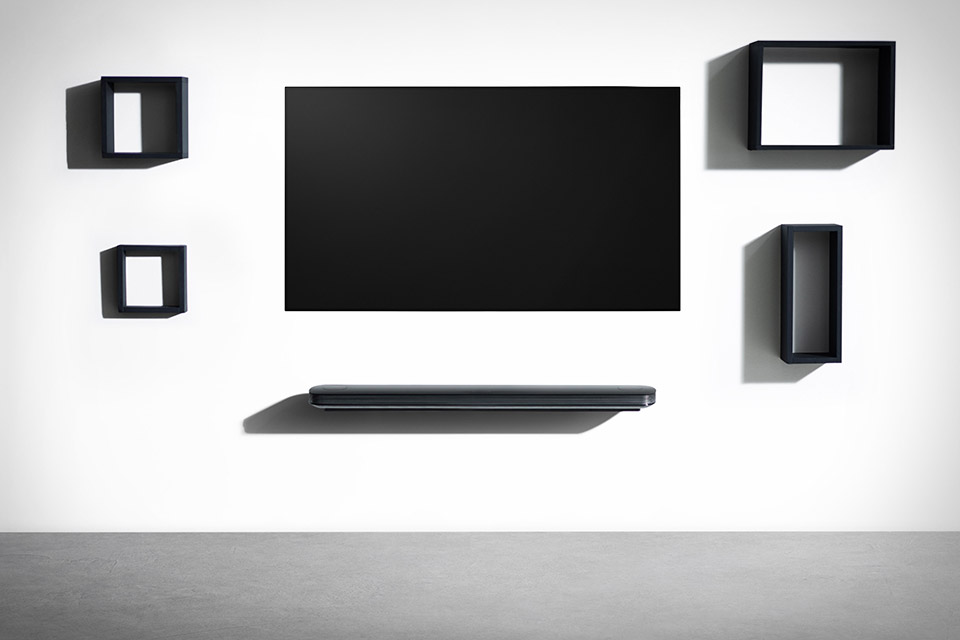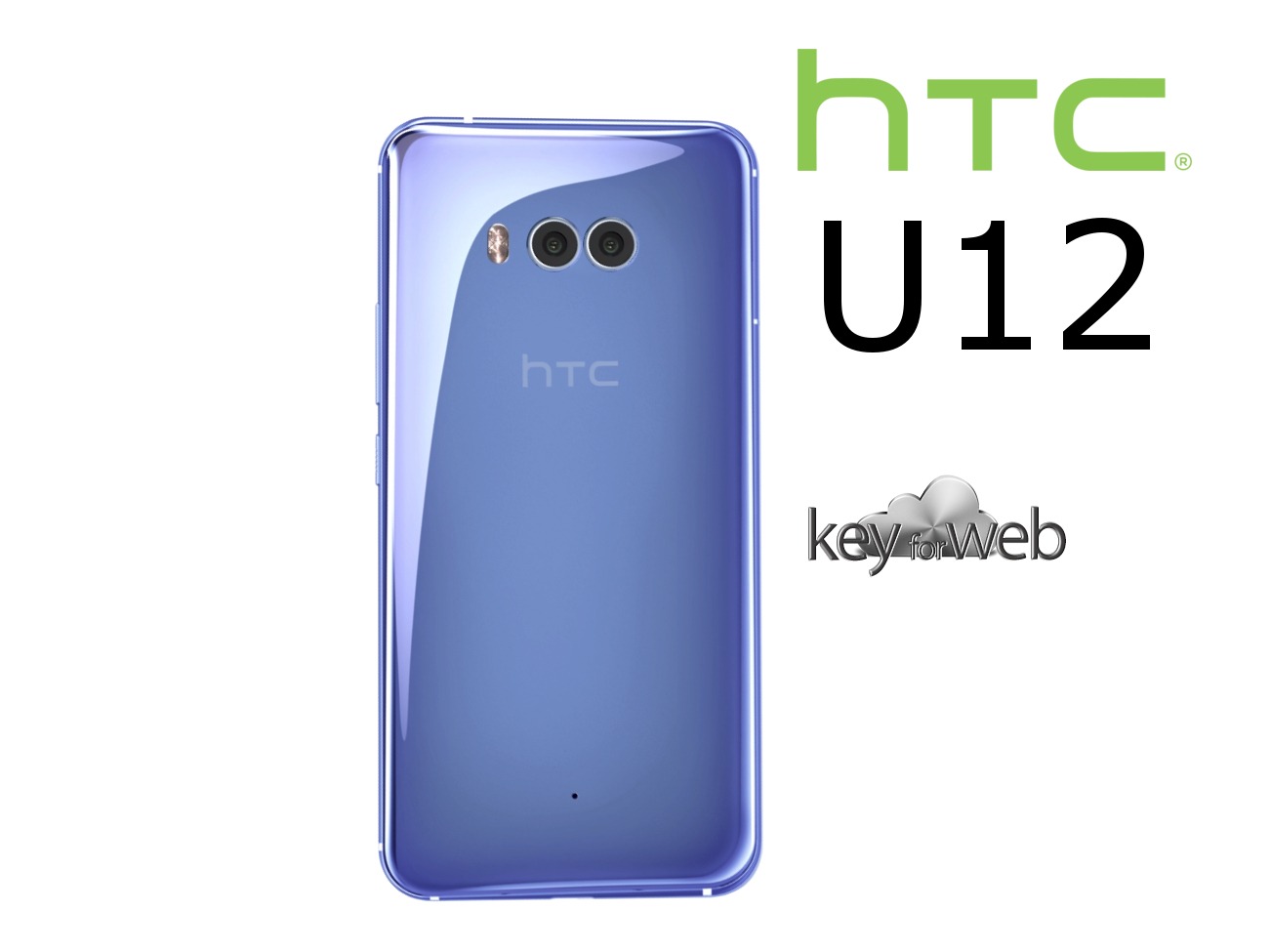Brand new smartphones coming to you in 2018…
1) LG G7 – Potential January 2018 launch
It’s rumoured that the LG G7 will be launched in January, slightly earlier than initially planned, to keep up with the release of the Samsung Galaxy S9. Whispers have suggested that the G7 will pack a Snapdragon 845 chipset and an OLED screen. The screen holds the largest expectation after the recent release of LG’s award-winning signature ‘paper-thin’ OLED TVs.
The TV’s are a miniscule 2.57mm thin and even include special magnets for mounting on the wall. Despite the decrease in size, the screen’s offer a 4K resolution and feature a 25% brighter screen than previous models. It’s hoped that LG will incorporate it’s new technology into the LG G7.
2) Samsung Galaxy S9 – Potential January 2018 launch

3) HTC U12 – Potential May 2018 launch
It’s rumoured the HTC U12 will feature a 5.7″ 4K display with curved edges. Unlike the new Samsung S9 and S9+, the U12 will not feature a headphone jack, despite Apple originally receiving a lot of criticism for doing so. The U12 will feature JBL speakers and a 16MP front facing camera and dual rear cameras. Finally, further whispers have suggested a Qualcomm Snapdragon 845 processor, 6GB of RAM and 128GB of storage.
4) Huawei P11 – Potential February 2018 launch
Finally, design rumours for the Huawei P11 include a titanium body and an ‘under-glass’ fingerprint scanner as seen in the concept above. Alongside the premium design, it’s expected the P11 will feature a 3.5mm headphone jack and USB-Type C charging – capable of supplying far more power, up to 100W, compared to a conventional USB 2.0 connection at just 2.5W. Finally, it’s likely Huawei will continue to partner with Leica to include a dual-lens 20MP camera for high-quality snaps.




